Nvidia Optimus switches it up for better graphics
Nvidia's new tech could offer the best of both worlds by automating the switch between an integrated chip and a discrete graphics card.

Nvidia has unveiled a new technology for laptops which will automatically switch from integrated to discrete graphics depending on the task.
While integrated graphics chips tend to be quite gentle on battery life, they don't have the muscle to tackle more intensive tasks such as gaming. In contrast, discrete graphics cards tend to offer more grunt at the cost of a higher power draw - putting a significant strain on battery life.
In an effort to offer customers the best of both worlds, laptop manufacturers have begun selling laptops offering both an integrated chip and a discrete graphics card. However, they've been required to manually switch between the two, and according to figures presented by Nvidia, less than one per cent of people with the feature take advantage of it.
In an effort to address this Nvidia's Optimus promises to automatically flip on the discrete graphics card when the user requires the extra power - running a game, for example. However, the moment they go back to writing an email, or browsing the web, Optimus will turn the card off and hand control back to the integrated chip.
One potential pitfall could be that Optimus depends on software profiles to tell it whether a task requires discrete graphics or the integrated chip. For applications that aren't recognised by Optimus, users will be able to activate the correct option with a simple right click, or by creating their own profile through the Nvidia Control Panel.
Nvidia is promising to constantly update the Optimus software with new profiles, meaning users shouldn't be tripped up too often.
The graphics card company said the technology will work with a range of Intel processors, including the Pine Trail platform, and will be integrated with its own GeForce 200M and 300M series, and next-generation Ion platform.
Get the ITPro daily newsletter
Sign up today and you will receive a free copy of our Future Focus 2025 report - the leading guidance on AI, cybersecurity and other IT challenges as per 700+ senior executives
The first Optimus-enabled laptops will arrives courtesy of Asus at the end of February, with models from other manufacturers debuting in the next few months.
-
 Cleo attack victim list grows as Hertz confirms customer data stolen
Cleo attack victim list grows as Hertz confirms customer data stolenNews Hertz has confirmed it suffered a data breach as a result of the Cleo zero-day vulnerability in late 2024, with the car rental giant warning that customer data was stolen.
By Ross Kelly
-
 Lateral moves in tech: Why leaders should support employee mobility
Lateral moves in tech: Why leaders should support employee mobilityIn-depth Encouraging staff to switch roles can have long-term benefits for skills in the tech sector
By Keri Allan
-
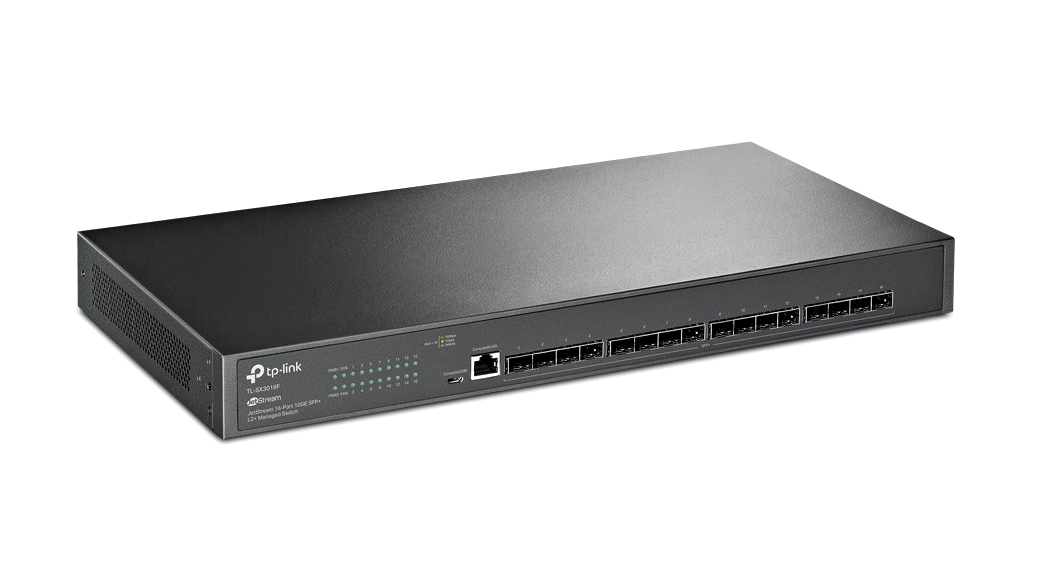
 TP-Link JetStream TL-SX3016F review: Plenty of ports at a pleasing price
TP-Link JetStream TL-SX3016F review: Plenty of ports at a pleasing priceReviews A great-value fibre 10GbE switch with a low cost per port, high performance and plenty of features
By Dave Mitchell
-
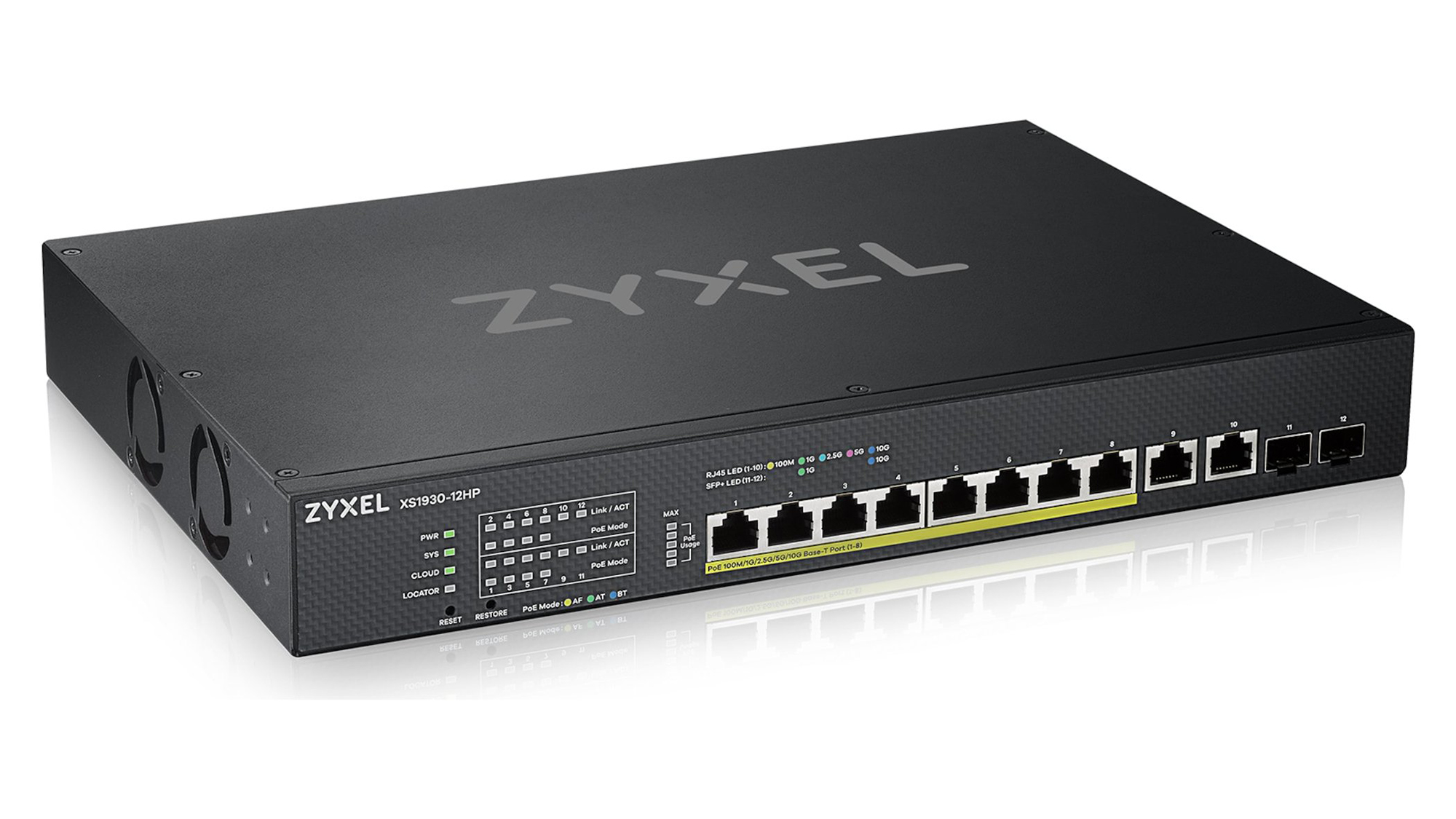
 Zyxel XS1930-12HP review: In a league of its own
Zyxel XS1930-12HP review: In a league of its ownReviews A powerful switch with a network connection for every occasion and powerful PoE++ services
By Dave Mitchell
-
 One-day IT projects to improve your business network
One-day IT projects to improve your business networkIn-depth Not all IT tasks take years to complete. We outline nine short, smart networking projects that can bring immediate benefits
By Steve Cassidy
-
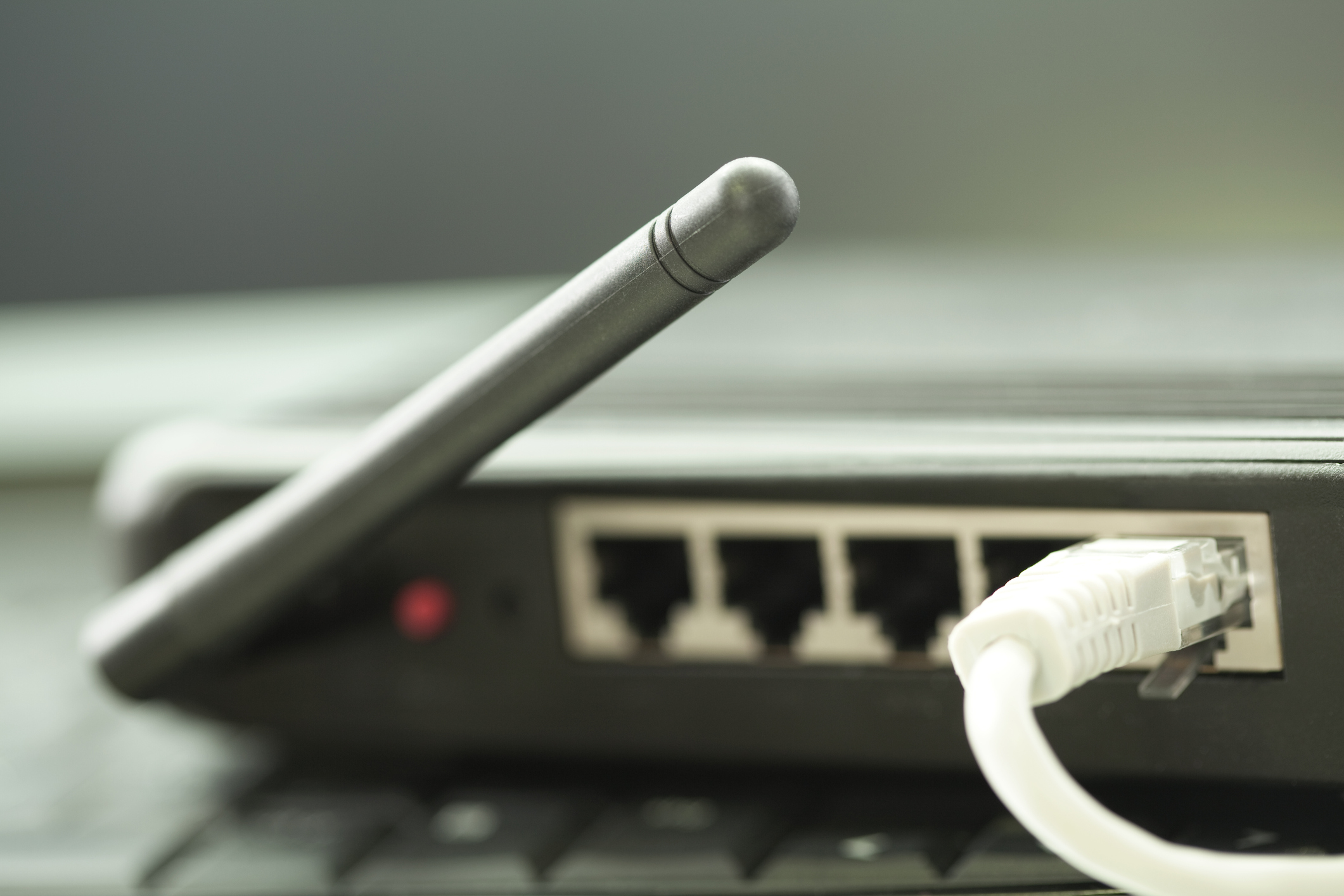 Superspeed your network for free... or nearly
Superspeed your network for free... or nearlyTutorials Don’t wait around for slow transfers and sluggish services – you can get a network boost with little or no investment
By Steve Cassidy
-
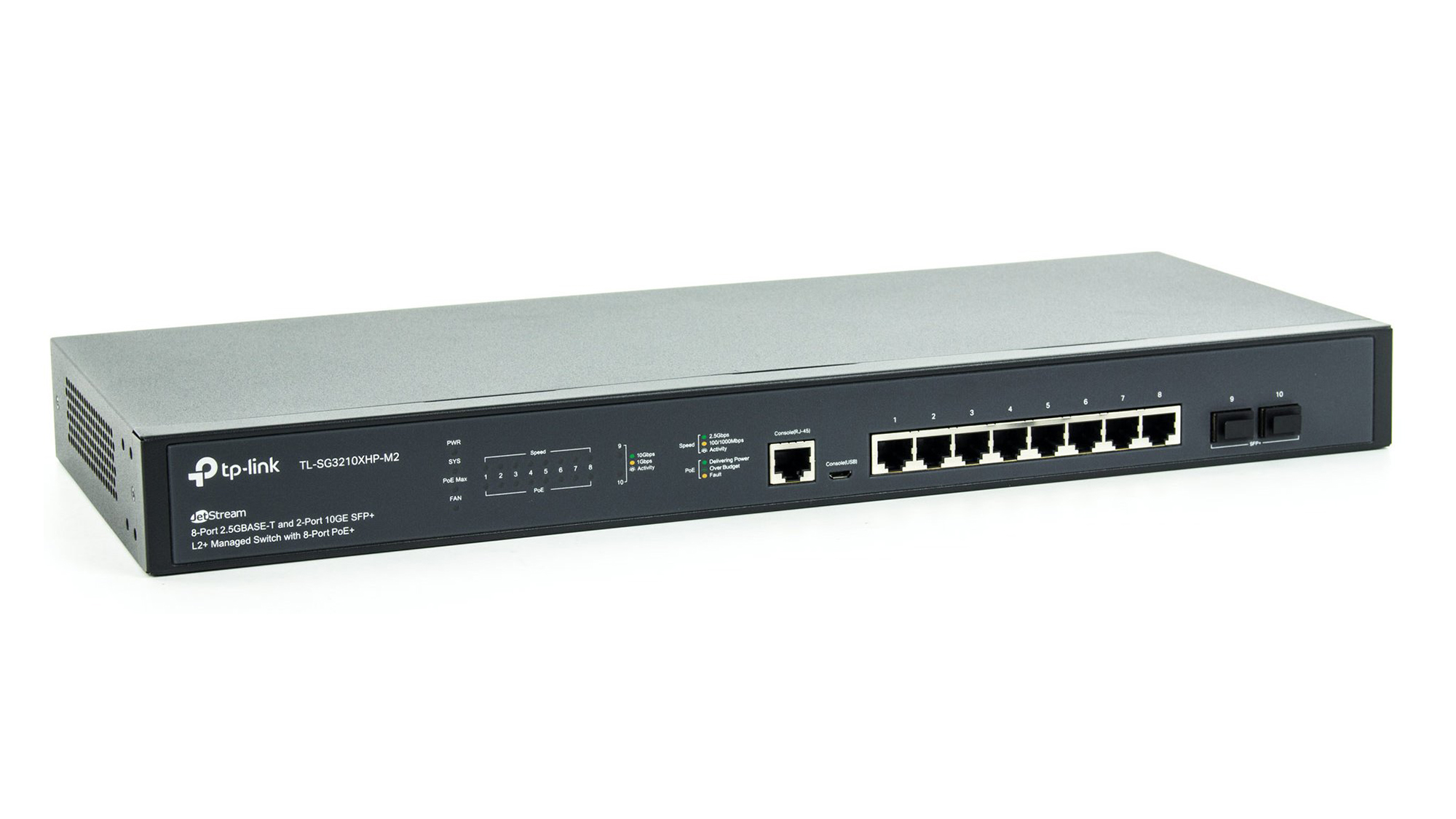
 TP-Link TL-SG3210XHP-M2 review: Any port in a storm
TP-Link TL-SG3210XHP-M2 review: Any port in a stormReviews An affordable multi-Gig PoE+ switch with a big power budget and management features to match
By Dave Mitchell
-
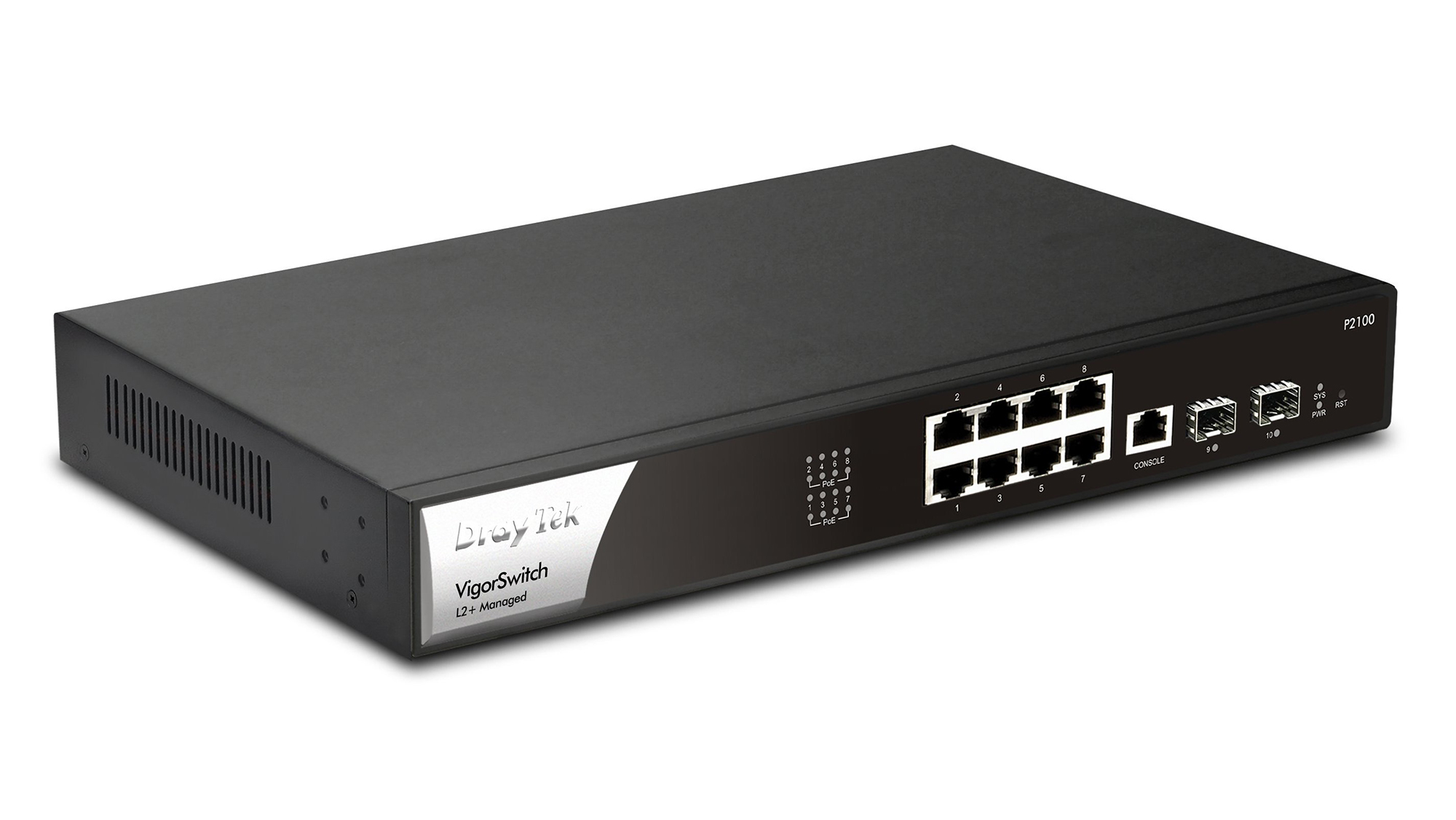
 DrayTek VigorSwitch P2100 review: A very appealing general-purpose switch
DrayTek VigorSwitch P2100 review: A very appealing general-purpose switchReviews A low-cost PoE switch with oodles of options for management and strong surveillance skills
By Dave Mitchell
-
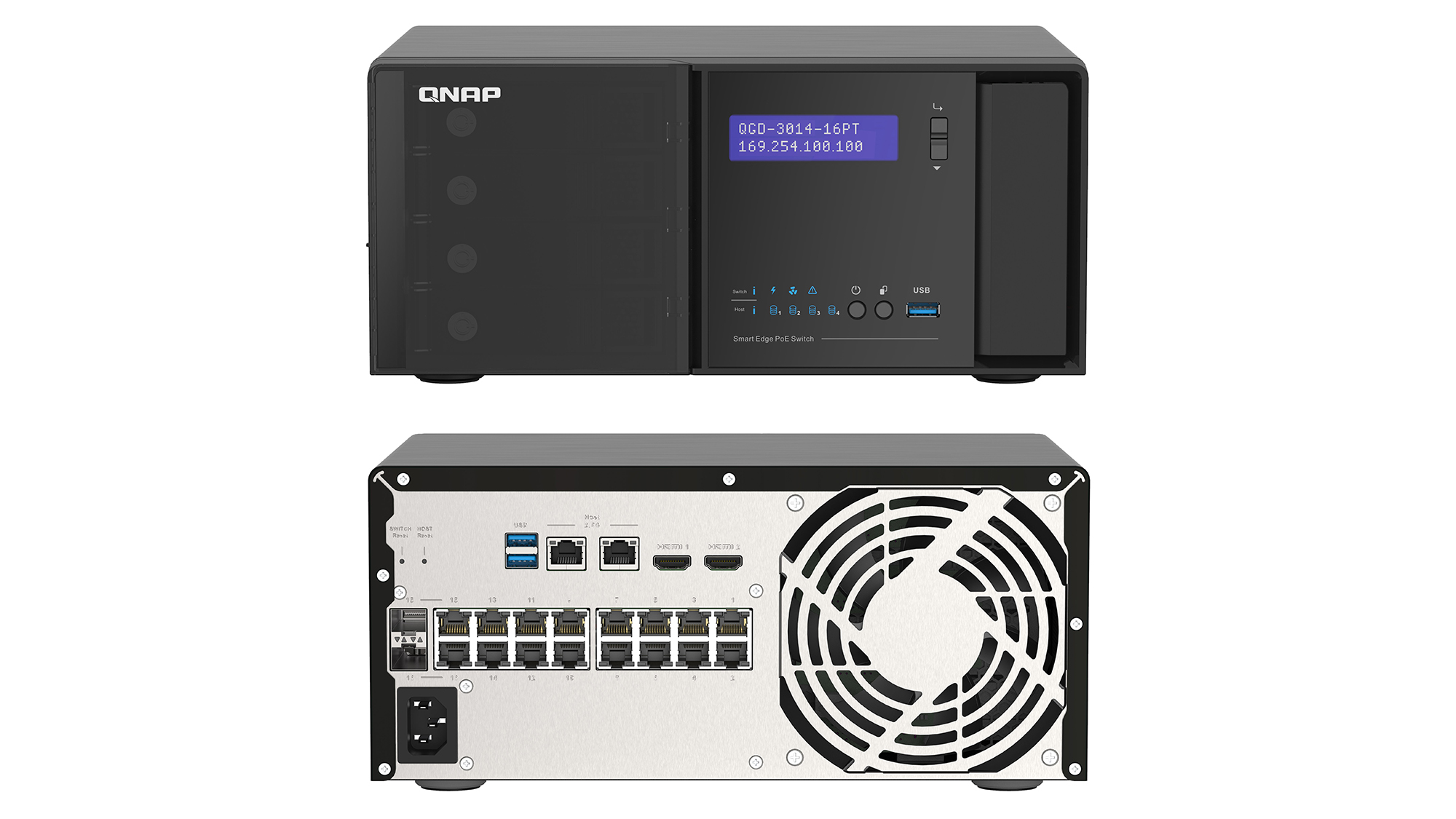 Qnap QGD-3014-16PT review: A clever combo
Qnap QGD-3014-16PT review: A clever comboReviews A smart partnership of NAS appliance and PoE switch well suited to surveillance duties
By Dave Mitchell
-
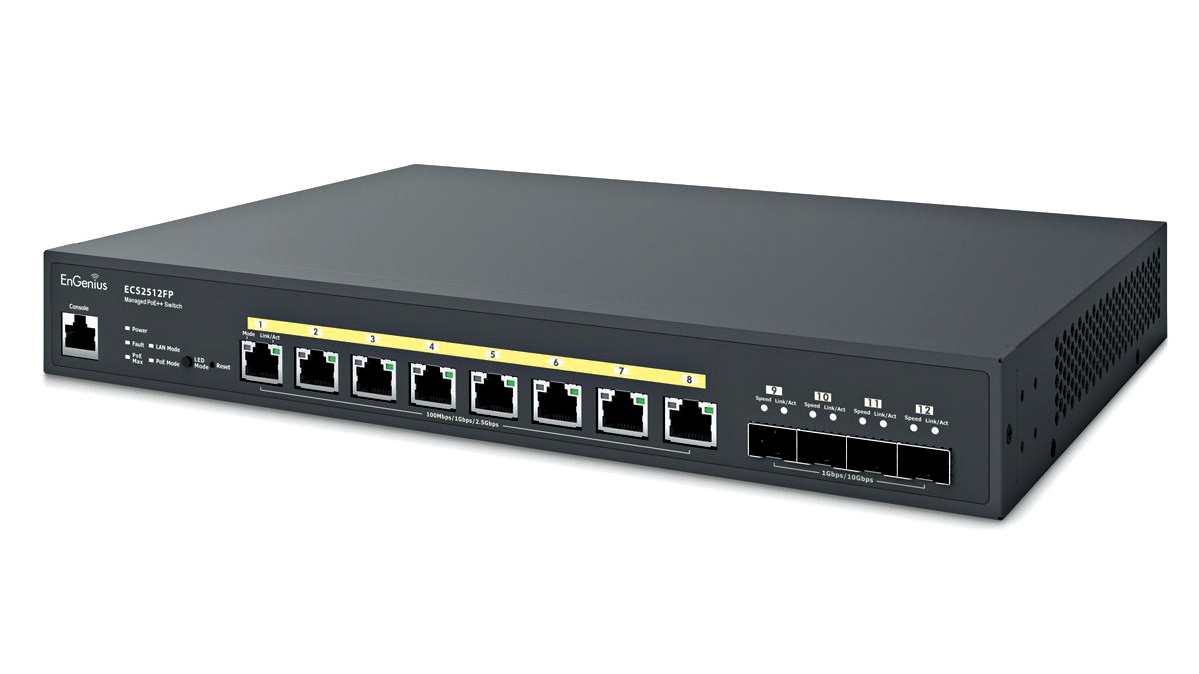
 EnGenius ECS2512FP review: Bang on target
EnGenius ECS2512FP review: Bang on targetReviews This multi-Gigabit switch combines plenty of ports with high-power PoE++ and cloud management
By Dave Mitchell